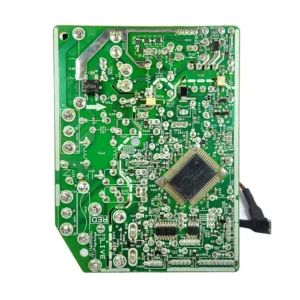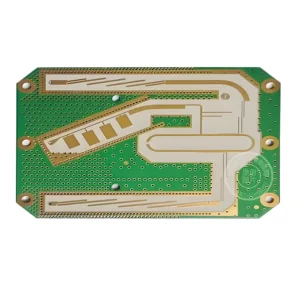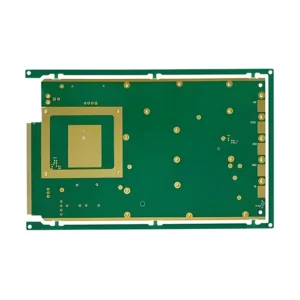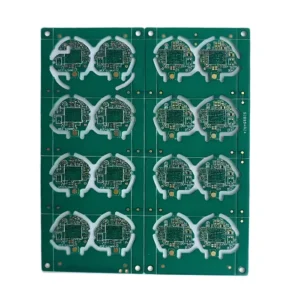DCB ceramic PCB
$62.90
DCB ceramic PCB (direct copper bonded ceramic PCB) uses advanced ceramic-metal bonding techniques to directly bond copper foil on alumina or aluminum nitride ceramic substrate at a high temperature. It can be etched with copper layer like FR4 PCB to create various layout. Compared with thin film or thick film ceramic board, DCB ceramic PCB has a thicker copper thickness. Therefore, DCB ceramic PCB can carry more current and is suitable for high-power applications.
Shipping fee and delivery date to be negotiated. Send inquiry for more details.
Your payment information is processed securely. We do not store credit card details nor have access to your credit card information.
Claim a refund if your order is missing or arrives with product issues, our support team would deal with your refund within 24 hours.
| Layer Counts | 2L |
| Base Material | Aluminum nitride |
| Board Thickness(mm) | 1.0 |
| Max board size(mm) | 300*300 |
| PCB size tolerance | ±0.3mm |
| Min. Hole Size | 0.3mm |
| Min. Line Width | 6mil |
| Copper Weight | 2oz |
| Surface Finish | ENIG |
| Certificate | UL, RoHS, ISO, and REACH |
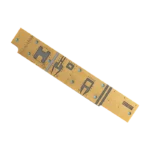 DCB ceramic PCB
DCB ceramic PCB
| 5 star | 0% | |
| 4 star | 0% | |
| 3 star | 0% | |
| 2 star | 0% | |
| 1 star | 0% |
Sorry, no reviews match your current selections
Questions & Answers
1.What is your standard copper thickness range?
Our standard copper thickness ranges from 0.5 oz to 5 oz, depending on the design requirements. Custom thicknesses can also be provided upon request.
2.Al₂O₃ vs. AlN: which ceramic material should I choose?
Aluminum Nitride (AlN) offers significantly higher thermal conductivity than Aluminum Oxide, which is ideal for high-power applications. Alumina (Al₂O₃) is a cost-effective solution and suitable for most general uses when high thermal conductivity is not critical.
3.How does DCB compare to other ceramic PCBs?
Compared with high-temperature co-fired ceramic PCB and low-temperature co-fired ceramic PCB, DCB ceramic PCB offers several benefits, covering:
▪Thicker copper layers
▪Higher current loading capability
▪Stronger copper-to-substrate adhesion
4.Are ceramic PCB boards used in extreme environments?
Yes! Ceramic PCBs can stably work in extreme environments, as they can withstand high temperatures, harsh chemicals, and mechanical stress.
5.Where are direct bonded copper ceramic PCBs typically applied?
DBC ceramic PCBs are popular in applications that require high power handling, excellent thermal conductivity, and high reliability.



